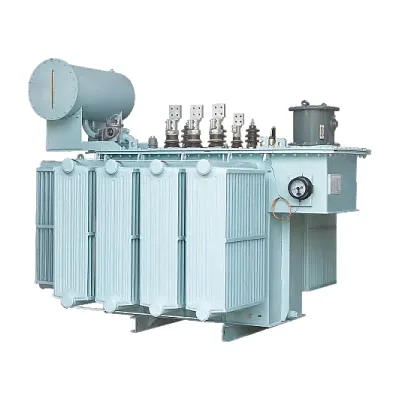Understanding Medium Voltage Switchgear and Its Core Functions

Medium voltage switchgear (MV switchgear) is one of the most essential components in electrical power distribution systems. It operates typically within the range of 3.3 kV to 36 kV, serving as a vital link between high-voltage transmission networks and low-voltage consumer circuits. The main purpose of MV switchgear is to control, protect, and isolate electrical equipment, ensuring both safety and system reliability.
At its core, switchgear includes circuit breakers, disconnectors, contactors, fuses, and protective relays. These components work together to detect faults such as overcurrent, short circuits, or insulation failures, and to disconnect the faulty section instantly to prevent system damage.
In industrial and utility environments, medium voltage switchgear can be classified into air-insulated (AIS), gas-insulated (GIS), and solid-insulated switchgear (SIS) types. Each design has its own advantages. AIS is cost-effective and easy to maintain, GIS provides compact size and higher reliability, while SIS is increasingly popular due to its eco-friendly and maintenance-free characteristics.
Safety is another critical factor. Modern MV switchgear includes arc-resistant designs, ensuring personnel protection in case of internal arc faults. Advanced monitoring systems now allow predictive maintenance, helping utilities minimize downtime and reduce operating costs.
With the rise of renewable energy and smart grids, medium voltage switchgear is evolving toward digitalization, integrating sensors, IoT communication, and real-time diagnostics. This enables more efficient grid management and supports energy sustainability goals.
👉 Learn more about advanced switchgear technologies at https://chinadegatech.com/
- Art
- Causes
- Crafts
- Dance
- Drinks
- Film
- Fitness
- Food
- Jocuri
- Gardening
- Health
- Home
- Literature
- Music
- Networking
- Alte
- Party
- Religion
- Shopping
- Sports
- Theater
- Wellness



